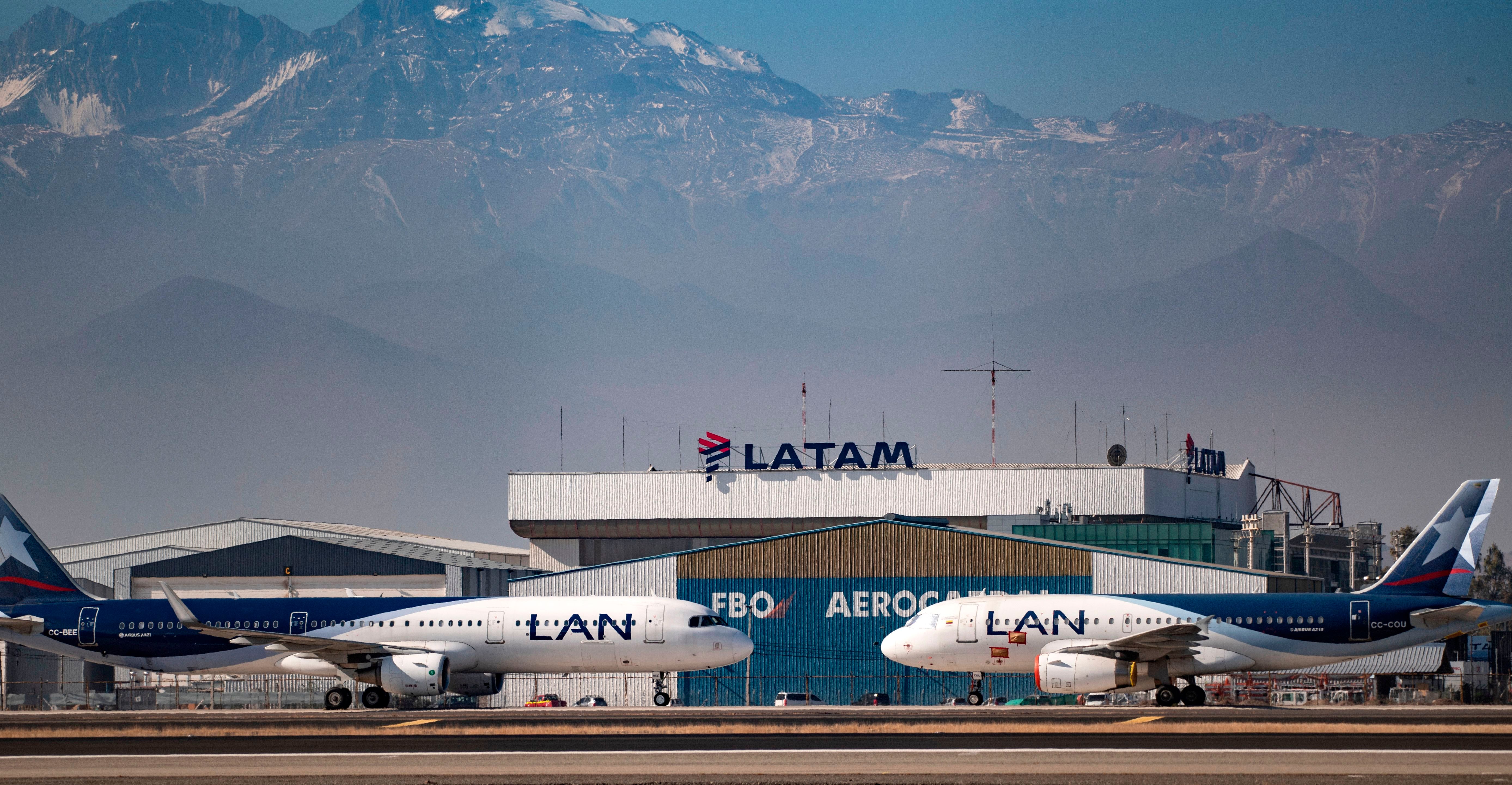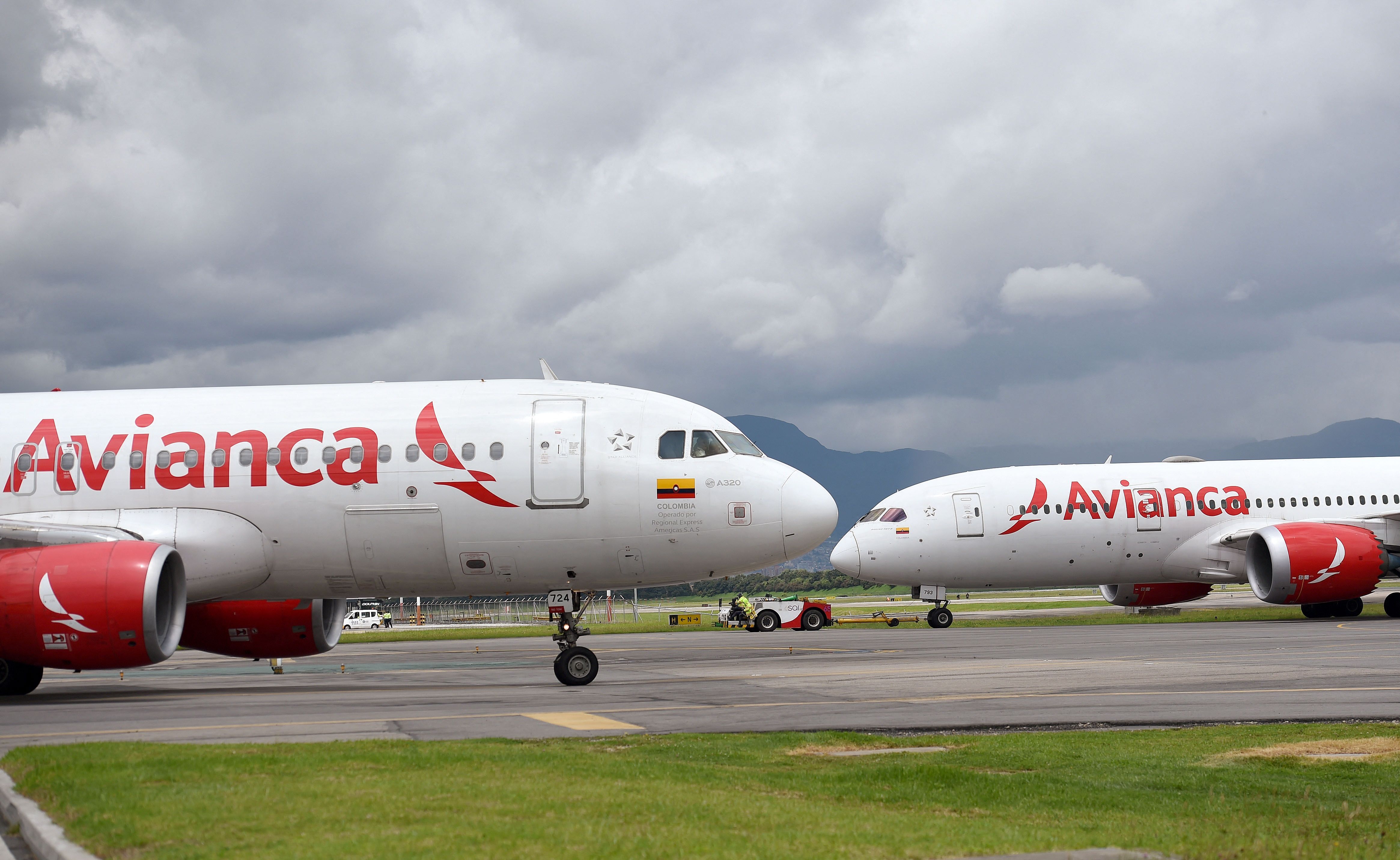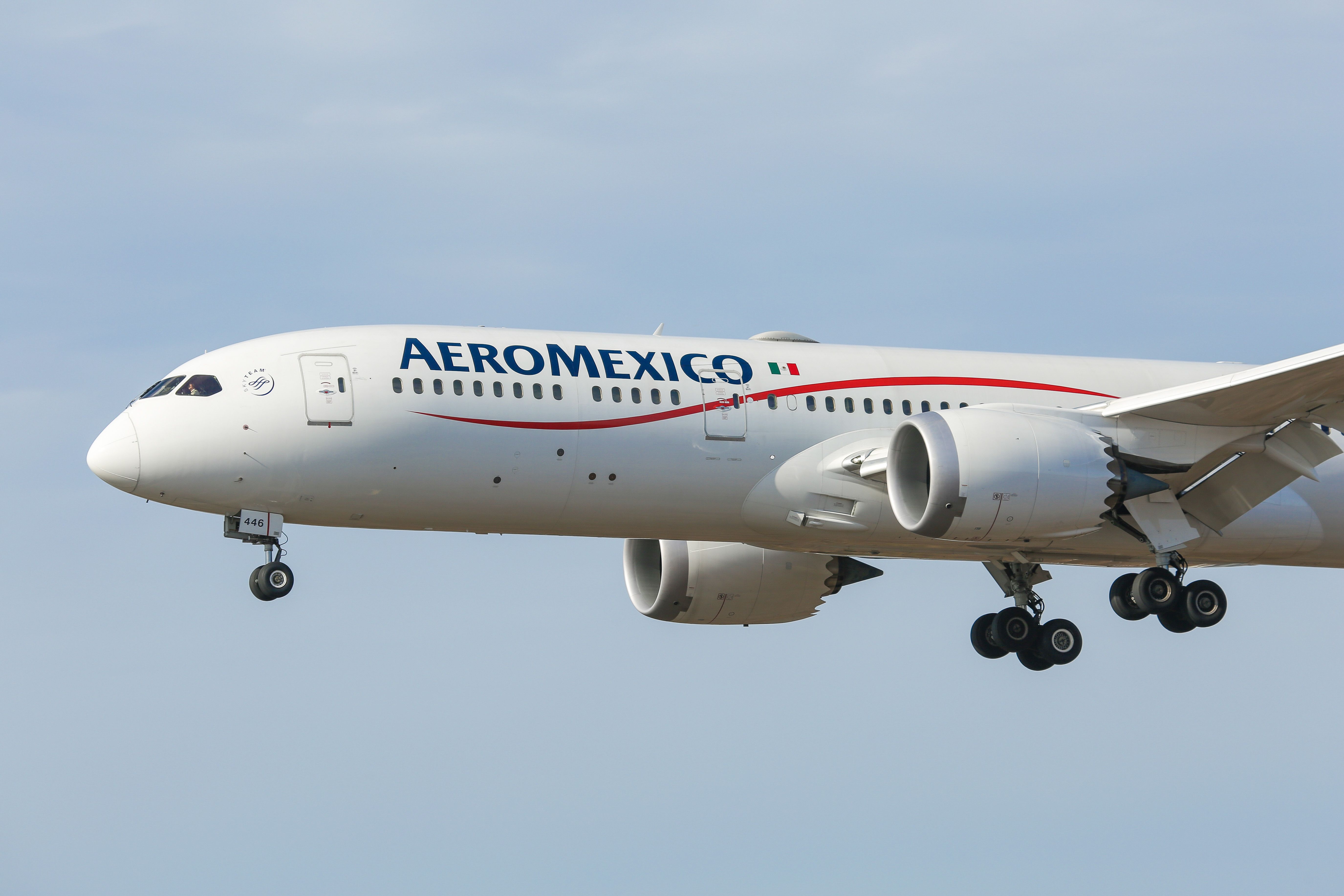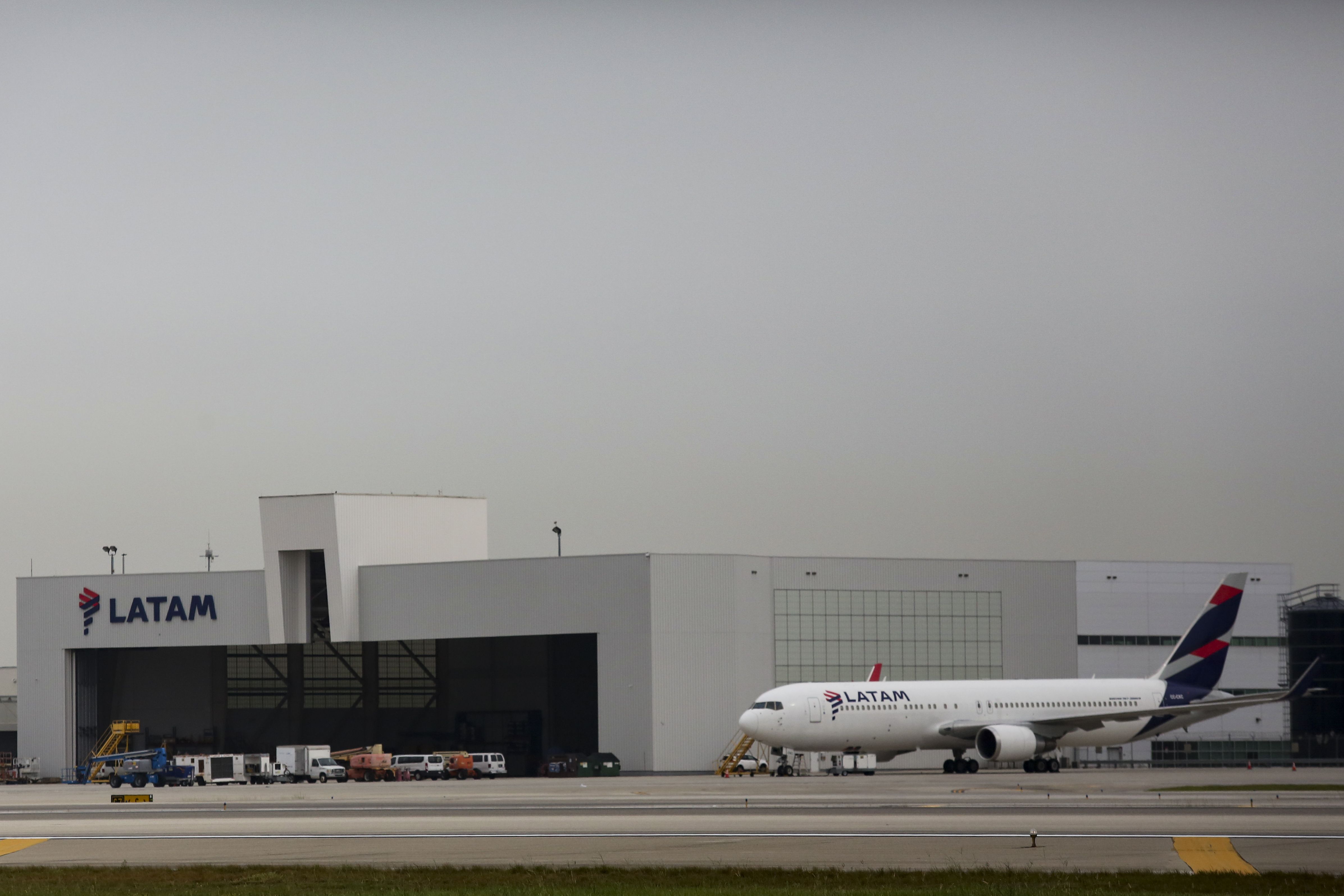Earlier this month, LATAM Airlines Group announced that the US Bankruptcy Court approved the group’s Plan of Reorganization filed by the company in the context of its Chapter 11. LATAM joined Aeromexico and Avianca in announcing their emergence from bankruptcy procedures. But how did they get there in the first place, and how are they looking so far? Let’s take a look.
Filing for Chapter 11
The COVID-19 pandemic deeply impacted the Latin American airline industry. Unlike other regions worldwide, the governments in South America did not provide financial aid to the carriers, which eventually led some of them to look for support elsewhere. Most of the airlines in the region survived, although a few of them disappeared (Interjet, TAME EP, and the short-lived Itapemirim Transportes Aéreos).
In May and June 2020, three of the most iconic Latin American airlines, Avianca, LATAM, and Aeromexico, filed for Chapter 11 bankruptcy proceedings in the United States.
Filing for Chapter 11 provided these airlines “a clear and guided opportunity” to work with their creditors and other stakeholders to reduce their debt and address the commercial challenges the industry faced as a whole, without going into liquidation.
Avianca’s Chapter 11
The Colombian carrier Avianca was the first to file for Chapter 11 and the first to emerge. Additionally, for Avianca, this was its second Chapter 11 proceeding (the first was held between 2003 and 2004, in a post-September 11 world).
Between 2018 and 2019, Avianca had to do another financial reorganization, but this one was private, and the airline managed to avoid filing for a bankruptcy process in the United States. This private reorganization was successful; it brought a new management team and a new plan, which was then known simply as Avianca 2021 Plan, which included loans and strengthening the airline’s working capital position while executing a debt reprofiling.
On January 29, 2020, Avianca’s then-CEO, Anko van der Werff, proudly announced that the company’s financial situation had turned 180 degrees, and he was very optimistic about the future. About two months later, everything changed.
Filing for Chapter 11 was a first step to protect the airline from a pandemic that would have a prolonged impact, said van der Werff in 2020.
Discover more aviation news.
During the Chapter 11 process, the airline received over US$2 billion in DIP Financing, rejected the leasing contracts of several aircraft, and reimagined the whole concept of Avianca. For instance, the airline is in the process of densifying its narrowbody fleet and recently launched four international fares to customize its passengers' journeys. Avianca now looks more like a low-cost airline, rather than a legacy carrier.
Avianca announced it was emerging from Chapter 11 on December 1, 2021. During its 18-month process, the carrier significantly reduce debt and over US$1 billion of liquidity.
After its Chapter 11, Avianca has not remained idle. On the contrary, it has been at the forefront of the consolidation tendency in Latin America.
Avianca recently announced it will acquire Viva Colombia and Viva Peru, and the three will operate under the same holding. A week after that, Avianca’s shareholders announced the launch of the Abra Group Limited with Brazil’s GOL, which would create the largest airline group in the Latin American region.
Aeromexico’s Chapter 11
The Mexican carrier Aeroméxico was the last to file for Chapter 11 among the three Latin American airlines.
Aeromexico faced an uphill battle in the country, as it was unable to compete, in terms of costs, against Volaris and Viva Aerobus, the two ultra-low-cost Mexican carriers. Moreover, Aeromexico’s international market, which had traditionally been its stronghold against the ULCCs, simply disappeared overnight due to the COVID-19 pandemic.
The Mexican flag carrier received a DIP Financing of over US$1 billion from one creditor, Apollo Global Management which later became the airline’s main stakeholder, with around 26%. At the same time, Delta Air Lines diluted from 49% to 20%.
During its Chapter 11 process, Aeromexico reorganized the composition of its fleet, retiring the older Embraer E175 and most of its Boeing 737-700 aircraft while renegotiating its order with Boeing for Boeing 737 MAX and 787 Dreamliners and signing new leasing contracts with the likes of Dubai Aerospace Enterprise. Aeromexico’s fleet currently stands at 134 aircraft.
Throughout the bankruptcy process, Aeromexico filed a Restructuring Plan, in which the airline capitalized recognized unsecured loans (approximately $2.3 billion) and certain loans under its DIP financing (roughly US$750 million) obtained during the Chapter 11 Process and also capitalized new capital contributions of over US$700 million.
Upon the announcement of its emergence, the value of Aeromexico was around US$2.5 billion. The airline’s investors will raise over US$1.5 billion in new equity.
Moreover, the airline is investing US$5 billion in the fleet and other key actions to improve the client experience.
Throughout the last two years, Aeromexico has launched and announced around 20 routes, including several from Mexico City’s new Felipe Ángeles International Airport.
LATAM’s Chapter 11
LATAM Airlines Group has spent more than two years in Chapter 11. Prior to the COVID-19 pandemic, LATAM was the most solid carrier in terms of financial results, compared to Avianca and Aeromexico.
Nonetheless, the crisis deeply impacted LATAM’s ability to operate, and this is something that stands until this day. LATAM has recovered around 76% of its pre-pandemic capacity in its markets (Brazil, Chile, Colombia, Ecuador, and Peru). Moreover, during the pandemic, LATAM ceased operations in Argentina.
Like Aeromexico and Avianca, LATAM deeply restructured its fleet, which included some eyebrow-raising movements such as the early lease rejection of its Airbus A350 fleet (some of which now fly with Delta).
The airline also announced the conversion of most of its Boeing 767 fleet to freighters and negotiated with Airbus and Boeing to receive 72 new aircraft in the coming years (mainly Airbus narrowbody jetliners).
During the final steps of its Chapter 11 process, LATAM signed debt commitment letters which will provide a new debt of US$2.25 billion and a new credit facility of US$500 million, plus US$1.17 billion in DIP financing.
Moreover, once LATAM’s Plan of Reorganization is effective, the airline will receive approximately US$8 billion through a combination of a capital increase, the issuance of convertible bonds, and new debt.
This injection includes a US$5.4 billion of financing backed by major shareholders such as Delta Air Lines and Qatar Airways and LATAM’s major creditors.
Finally, earlier this week, the US Department of Transportation (DOT) tentatively granted approval and antitrust immunity to the Joint Venture Agreement between Delta Air Lines and LATAM Airlines Group.
Have you traveled with any of these three airlines following their Chapter 11 proceedings? Let us know in the comments below.




